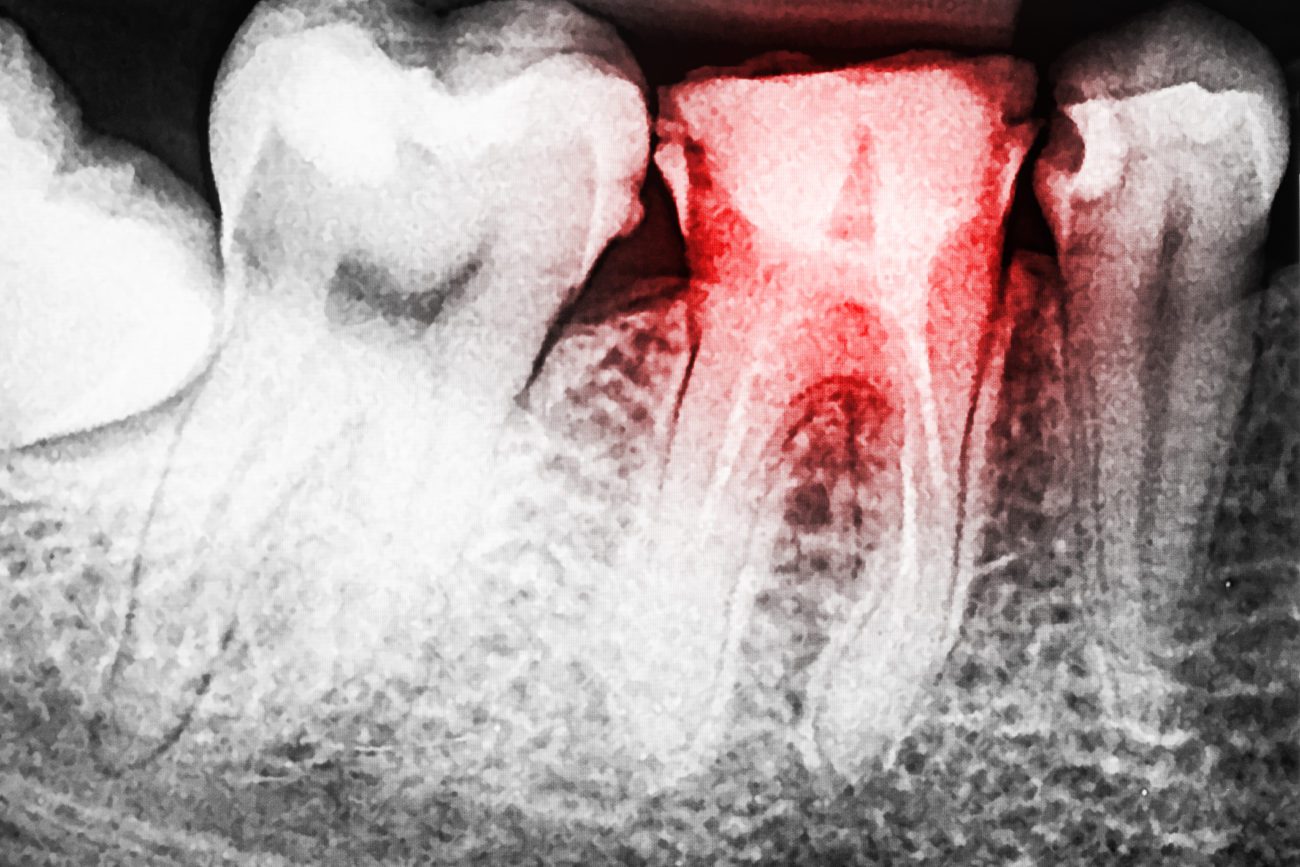Tooth decay is one of the most common dental health concerns that can afflict patients of all ages. Caught early, dental cavities can be quickly and conservatively repaired with a dental filling. Left untreated, dental decay can spread and infect the inner pulp of the tooth ultimately resulting in tooth loss and a higher risk of developing gum disease and bone recession.
Claremont Dental Institute provides modern dental solutions for restoring teeth with decay. We use laser dentistry and offer dental sedation options to reduce discomfort and anxiety. We perform all tooth decay treatments in the comfort of our Claremont, CA dentist office.

Drill-free Dental Fillings
Laser dentistry is changing the way many dental procedures are performed, including traditional dental fillings. It has made dental fillings a less invasive procedure and often reduces or eliminates the need for anesthesia.
Laser dental fillings help patients with dental anxiety feel more comfortable during treatment and provide them with a lasting and natural treatment option for tooth decay.
Benefits of Drill-Less Fillings
- Reduces or eliminates the need for anesthesia
- Uses a precise kinetic particle to gently and comfortable remove decay
- Allows for early intervention, and the ability to preserve healthy tooth structure
- Doesn’t grind away healthy tooth structure
- Safe and effective for children and adults with tooth decay
Replace Metal Dental Fillings
At Claremont Dental Institute we practice holistic dentistry. That means we consider all aspects of your oral health as well as your overall wellness and wellbeing. Our dentists help patients find the right solutions for them based on their personal goals, beliefs, and dental health.
We offer patients aesthetic alternatives to old metal dental fillings that contain mercury. For patients who have metal fillings, our dentists may recommend replacing the metal filling with a white ceramic filling. Depending on the extent of decay, a white filling, inlay, or onlay restores the tooth after the metal filling has been removed.
We adhere to all Association of Mercury Safe Dentistry (IAMSD), the International Academy of Oral Medicine and Toxicology (IAOMT), and other prominent biological and holistic dental organization protocols for the safe removal of mercury fillings.
Inlay & Onlays
Inlay and onlays are considered “partial dental crowns”. Our office custom designs the inlay or onlay. It provides a natural result that’s indistinguishable from the tooth. Metal-free ceramic inlay and onlays most commonly repair and restore teeth damaged by advanced tooth decay.
- Inlay: Inlays are a custom dental restoration that repairs decay found on the cusp of a molar. These areas are common decay zones that can be difficult to treat or clean due to the grooves and crevices. Inlays fit the contours of the tooth, creating a tight seal to prevent future decay or damage to the molar.
- Onlay: An onlay is used to mend a large surface area affected by tooth decay. Onlays are commonly used to treat decay or damage that occurs on the front surface of teeth in the “smile zone.” Onlays are bonded to a clean tooth and create a seamless result.
Preventing Tooth Decay
Tooth decay is most commonly a result of poor oral hygiene. Patients can help reduce their risk of tooth decay by visiting the dentist at least once every six months. Biannual dental checkups allow your Claremont Dental Institute dentist to catch decay as soon as possible allowing for conservative treatment options.
Brushing and flossing at least twice a day is the best way to keep your teeth cavity-free in between your routine visits to our dentist office. Brushing and flossing remove debris from the teeth preventing the build-up of disease-causing bacteria. During your routine dental exams, our dental care team can make personalized recommendations on how to improve your at-home oral hygiene routine.
Dental Fillings FAQs
Can inlays and onlays take the place of fillings?
Yes. In most cases, a dental filling addresses tooth decay. The dentist places an inlay between the cusps of the top of the teeth. When it’s an onlay, the dentist places it over the cusps. However, since the molars in the rear of the mouth must undergo greater stresses and bite forces, we may suggest a more substantial option.
What do I do if I have a broken dental filling?
If you have a broken dental filling, do not try to repair it yourself. Also, avoid using your tooth because it can cause more harm. It is important to contact our dentist for an emergency appointment as soon as you notice something wrong. Our dentists make it a priority to treat dental emergencies as quickly as possible.
Is getting a dental filling painful?
No. The dentist uses a local anesthetic in the work area so that you do not feel pain during treatment. After you regain feeling in your mouth, you will be able to bite with the filling the same day.
